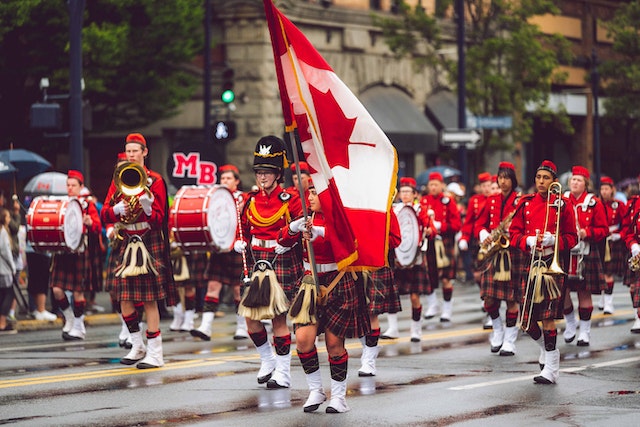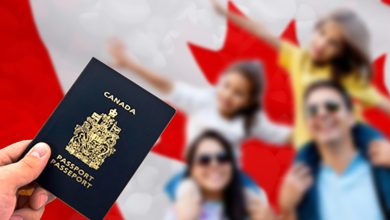A Guide to the Canada Immigration Skilled Worker Program

The Canada Immigration Skilled Worker Program is a popular pathway for individuals seeking permanent residency in Canada. This program is designed for individuals who have the skills, education, and work experience needed to contribute to Canada’s economy. In this article, we will provide a comprehensive guide to the Canada Immigration Skilled Worker Program, including eligibility requirements, application process, and tips for success.
Eligibility Requirements:
To be eligible for the Canada Immigration Skilled Worker Program, you must meet the following requirements:
- Education: You must have a minimum of a high school diploma or equivalent.
- Language Proficiency: You must demonstrate a high level of proficiency in either English or French, Canada’s two official languages. You will need to take a language test and meet the minimum score requirements.
- Work Experience: You must have at least one year of continuous, full-time (or equivalent) paid work experience in the same occupation within the last 10 years.
- Age: You must be between the ages of 18 and 47 to be eligible for the Skilled Worker Program.
- Adaptability: You must demonstrate that you have the ability to successfully settle and integrate into Canadian society.
- Arranged Employment: You must have a job offer from a Canadian employer or be authorized to work in Canada.
- Points System: You must meet the minimum points requirement for the Canada Immigration Skilled Worker Program. The points system assesses your education, language proficiency, work experience, age, and other factors. You must score 67 points or more to be eligible for the program.
Application Process:
The application process for the Canada Immigration Skilled Worker Program involves several steps, including the following:
- Complete the Online Application: You will need to create an online account and complete the online application form. This includes providing information about your personal and family background, education, work experience, language proficiency, and other relevant information.
- Submit Required Documentation: You will need to submit supporting documentation, including your passport, language test results, educational certificates, and work experience letters.
- Pay the Fees: You will need to pay the processing fees for your application. This includes the government processing fee, the Right of Permanent Residence fee, and any other fees that may apply.
- Wait for Processing: After you submit your application and the required documentation, you will need to wait for processing. Processing times can vary, so it’s important to be patient.
- Interview: In some cases, you may be required to attend an interview with a visa officer. The purpose of the interview is to assess your eligibility for the program and determine whether you meet the requirements.
- Medical Examination: You will need to undergo a medical examination to ensure that you are in good health and do not have any medical conditions that would make you inadmissible to Canada.
- Criminal Background Check: You will need to undergo a criminal background check to ensure that you do not have a criminal record.
Tips for Success:
Here are some tips to help you successfully navigate the Canada Immigration Skilled Worker Program:
- Start Early: It’s important to start the application process early to ensure that you have enough time to gather all the required documentation and complete the application form.
- Be Accurate: Make sure that you provide accurate and complete information in your application. Any errors or omissions can cause delays in the processing of your application.
- Be Prepared: Make sure that you are prepared for the interview and medical examination. You should also be prepared to demonstrate your ability to settle and integrate into Canadian society.




